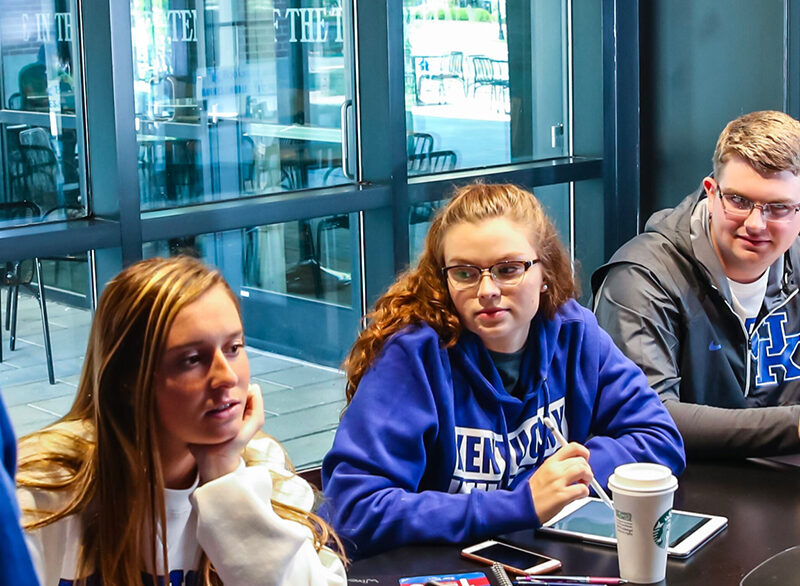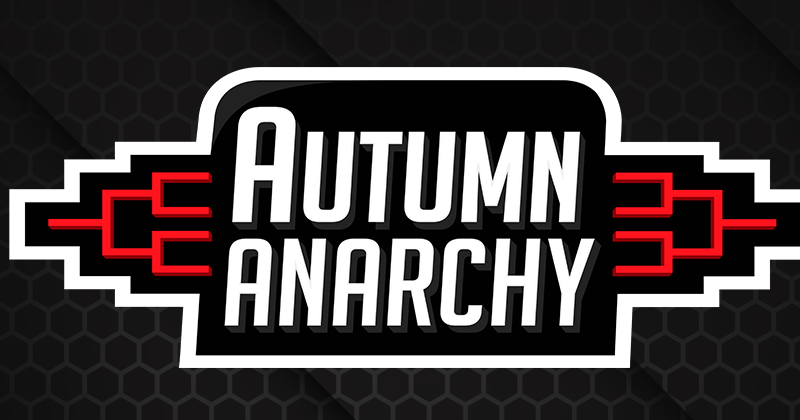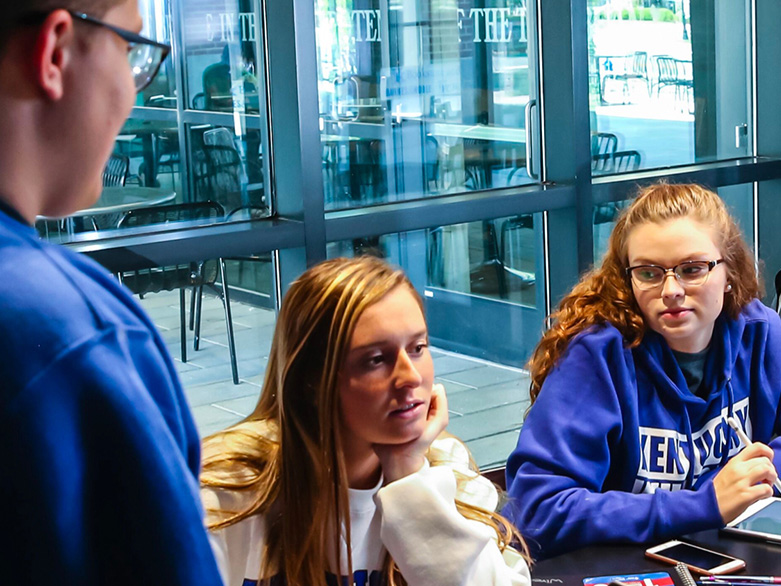The Guide to Successful Product Sampling

Raise your hand if any of these statements describe you.
- You have a warehouse full of product samples, but no clue on how to distribute them.
- You’re not sure how to budget for a sampling program.
- You’ve done sampling in the past but did not measure ROI
No worries if your hand is raised. You’re not alone. Our client partners ask about these issues when they’re planning sampling programs geared towards college students. (Read about the successes some of our brand partners have had with sampling.)
We’re here to shed light on these issues so you can build easy-to-implement, successful sampling programs. Whether you want to execute the consumer sampling program yourself or hire a product sampling agency, this guide can help you learn:
- Why sampling makes sense for your brand.
- When to launch your program to see rapid results.
- Different sampling program formats and their tradeoffs.
- Logistics that can make or break your program.
- Costs to include in your product sampling campaign budget.
Product sampling makes your product real.
Simply put, giving out free samples puts your product directly into your target consumers’ hands. Whether you’re looking to build awareness or are already high on consumers’ radar, sampling quickly transforms your brand into a tangible product. It can bring your Instagram feed to life for your consumers as they touch, taste, and experience your product first-hand and risk-free.
Thanks to the continued popularity of sampling boxes, Gen Z consumers love samples of all kinds, welcoming them with open arms. In fact, Barnes & Noble College research supports the strength of sampling programs. 84% of college students say they are more likely to purchase a product after receiving a free sample.
Align program timing with your consumer’s life events and purchase patterns.
Sampling program success involves more than just getting product into consumers’ hands. It has to happen at the right time – and link to life events that trigger purchases.
Think about how these purchase cycles align with college life milestones. Sampling after these purchase periods could be throwing money out the window – your brand could be forgotten by the time the consumer is ready to purchase.
- New Student Orientation – The start of the college journey marks a clear P.O.M.E. (point-of-market entry) for brands. Sampling during this key time period allows brands to begin to build brand loyalty from the moment new students arrive on campus and will increase awareness and sales for a brand at a time when college students are extremely open to trying and buying new brands.
- Start of the semester — When fall and spring terms begin in the August-September and January-February timeframes, students stock up on personal products (think toothpaste and deodorant), food products (cereal, frozen meals), laundry detergent, and other basics they know they will need during the semester. Once they buy these items, they’re set for a month or two or even the entire semester.
- Exam time – Stressful mid-terms and finals compel snack food cravings for chips, cookies and frozen pizzas, while other students seek de-stress items like essential oils and bath gels. Sales of energy drinks and acne medicine spike as students burn the midnight oil. When stress levels drop, so does the sale of these items.
- Athletic seasons – College athletics are big. Whether students are watching games from the stadium or in their dorms, snack foods, take-out, beverages, and party supplies top their shopping lists.
- Formals and graduation — Beauty and grooming products are best sellers during formal season and graduation months. Students are in celebration mode and want to look and feel their best. They’re shopping for toiletries, makeup, hair products, and fragrances during these timeframes.
How to choose the best sampling program format for your brand.
The smartest distribution method for your product depends on several factors like physical sample characteristics, quantity, and target audience. Let’s talk about format options and their tradeoffs.
Hand-to-hand distribution
This person-to-person interaction involves someone physically handing samples to the consumer. It’s a great way to disperse many samples in a short amount of time and ensures that your sample is received and noticed by the recipient.
Website order inserts
People order stuff online all the time and appreciate freebies inside their shipment boxes. This method is great for products that are somewhat private in nature such as personal hygiene products. Your brand might benefit from the halo effect, meaning that if they love the brand that’s the box’s main attraction, those positive feelings could spread to your sample. A potential risk with this method—climate sensitive samples require special distribution and warehousing needs and distribution is trickled out over time as orders are fulfilled.
Sample boxes
Consumers really get excited about sample boxes – whether they’re received as gifts or as paid subscriptions. You can be included as part of a multi-brand box or can “own” the entire box.
While it costs less to be included in multi-brand boxes, you run the risk of being overshadowed by other brands in the box. Depending on how your product sampling company works, you may have little control over your “boxmates.” You may be limited on timing and aligning with your customer purchase cycle, as many sample boxes have predetermined schedules. Prior to signing any contracts, be sure to require category exclusivity, an advance list of your boxmates, and full disclosure on box delivery schedules.
Owning and branding your own box – inside and out – is costlier than sharing the box, but it grants you full control over timing, format, and 100% share of voice.
Tastings and free pours
This is a natural fit for perishable food and beverage items. Who doesn’t want free food and drinks served to them? These sampling events create a buzz and can get you instantaneous feedback from consumers. They require personnel training for brand ambassadors/influencers and attention to detail in execution. Consider this method for your highest potential locations because it’s a costlier option.
Don’t forget about logistics that can have big impact.
You say you’re in Marketing, not Operations. We get it, but when it comes to product sampling, you’ve got to wear both hats. Many items related to the physical characteristics of your samples will impact efficiency and success, so you’ll need to address them when choosing a sampling agency. For starters:
What’s the weight of your sample? Will it bump up the cost of a sample box or fulfillment pack, so that you’d be better distributing hand-to-hand? Will extra weight require different (and slower) transport mode to get to your distribution locations?
What are the dimensions of your product sample? Like its weight, this may impact shipping and storage at your desired destinations.
Does your sample have an expiration date or seasonality component? Program start and end dates could be driven by this factor.
Is your product perishable? Does your product need to be stored in a climate-controlled facility? If you’re planning a live event (tasting, pour), is spoilage a concern? These issues will affect event rollout scheduling.
Will assembly/collating be necessary? Will your sample arrive in multiple pieces, such as the product, bag, and accompanying collateral? You’ll need to factor this in on timing and storage needs.
How much training will be required? Regardless of the program format you select, there will be some training involved. How will consumer-facing personnel be selected and trained? The answer will impact timing and costs.
Does your sample drive to retail? Is there a coupon included or unique code that can be used to track sales and ROI? Measuring awareness and sales is key when investing in sampling programs. Pre and Post research can also help to measure purchase intent.
Did you remember to forecast your samples as part of your overall marketing strategy for the year? Producing samples and planning ahead to align with key brand marketing initiatives will drive sales throughout the year. Whether it’s a new product launch or promotional period, it’s important to map out costs and timing as part of your overall 2020 marketing plan.
How much will your consumer sampling program cost?
A general rule of thumb is that it will cost $.15 to $1.50 per piece to distribute your samples. Lowest cost programs would be fulfillment boxes and inclusion in multi-brand sample boxes. At the higher end of the cost scale would be hand-to-hand, owning a sample box and live tasting events. These figures would cover all costs from the time your samples arrive at the distribution location. Shipping to the location should be budgeted as an additional cost.
It’s also a good idea to explore these items, which are optional, but they often pay for themselves many times over.
- Digital, offline, and in-store advertising
- Point-of-purchase displays and signage
- Pre-and post-program research tracking
- Coupons, rebates, and other promo incentives
- Incentives for personnel (mainly those at live events)
We hope we’ve cleared up the questions you’ve had about sampling and that you’ll refer to this guide often. Still need help? Barnes & Noble College can take the worry out of sampling programs and get your product in the hands of over 6MM college students on 750+ campuses nationwide. Contact us today.
More Insights



